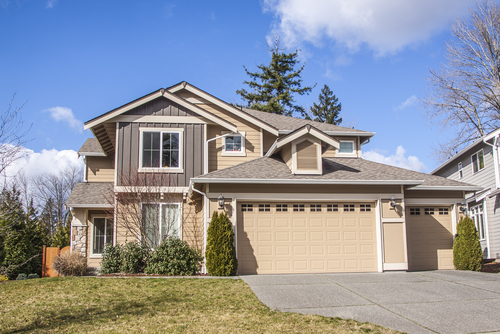What Is Mortgage Insurance?
If you’re doing some research on mortgage loans and searching for information such as down payments, closing costs and interest rates, at some point you’ll run across mortgage insurance (also called PMI). It might sound like an insurance policy that makes the mortgage payments should someone be temporarily unemployed or otherwise unable to make the monthly payments, but it’s not.
Here we explain what it is and whether or not you might be required to have mortgage insurance.
Mortgage Insurance: A Quick History
Mortgage insurance was first introduced back in 1957. Prior to that time, conventional loans asked for a down payment of at least 20 percent or even more. That kept many sitting on the sidelines. It was difficult, especially for first time buyers, to save up enough money for a 20 percent down payment in addition to the closing costs needed for the loan. But an innovative insurance product helped to close that gap. Today, a conventional loan requires a PMI for loans with less than a 20 percent down payment.
How it Works
Let’s say a couple wants to put 5.0 percent down to buy and finance a home. A conventional loan will accept a 5.0 percent down payment as long as there is an accompanying mortgage insurance premium. The insurance policy covers the difference between a 20 percent down payment and the 5.0 percent, or in this example, 15 percent of the sales price of the home. Should the loan ever go into default, the lender is compensated for the 15 percent.
There are different ways to pay for mortgage insurance. We can help pay for the insurance premium, typically by adjusting the interest rate on the loan. With a slightly higher rate, we can provide a credit at the closing table that will offset part or all of the premium. However by far the most common way to pay the premium is through monthly installment payments made by the borrowers that is included as part of the overall mortgage payment. Each month, the borrowers will make a single payment that includes part for the principal and interest, property taxes, homeowners insurance and mortgage insurance.
Borrowers at some stage of the loan can have the mortgage insurance premium removed. Regulations require any policy be automatically dropped when the loan naturally amortizes to 78 percent of the original value. Or, borrowers can petition to have the premium removed if they feel the current loan has reached 80 percent of the current value of the property by having the loan naturally amortize while at the same time the property values have increased to the point where mortgage insurance is no longer needed.
What’s Next
The insurance premium amounts will vary based upon the term of the loan, a credit score and the percentage amount of down payment. A premium with 5.0 percent down will be slightly higher compared to a premium with 10.0 percent down on the same transaction. If you want to know what your monthly mortgage insurance premium payments would be, all it takes is a phone call and I’ll be happy to run some numbers with you.


